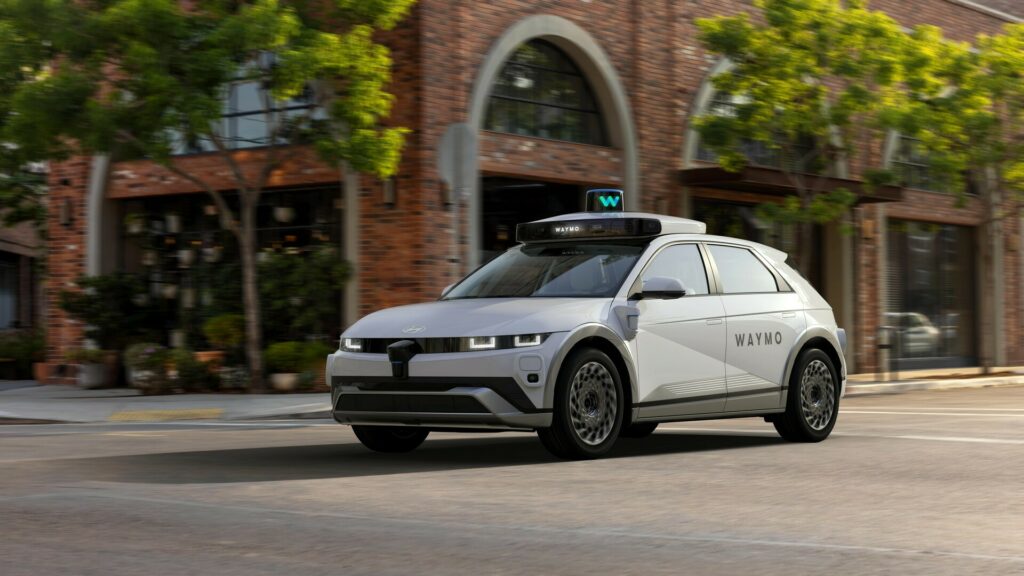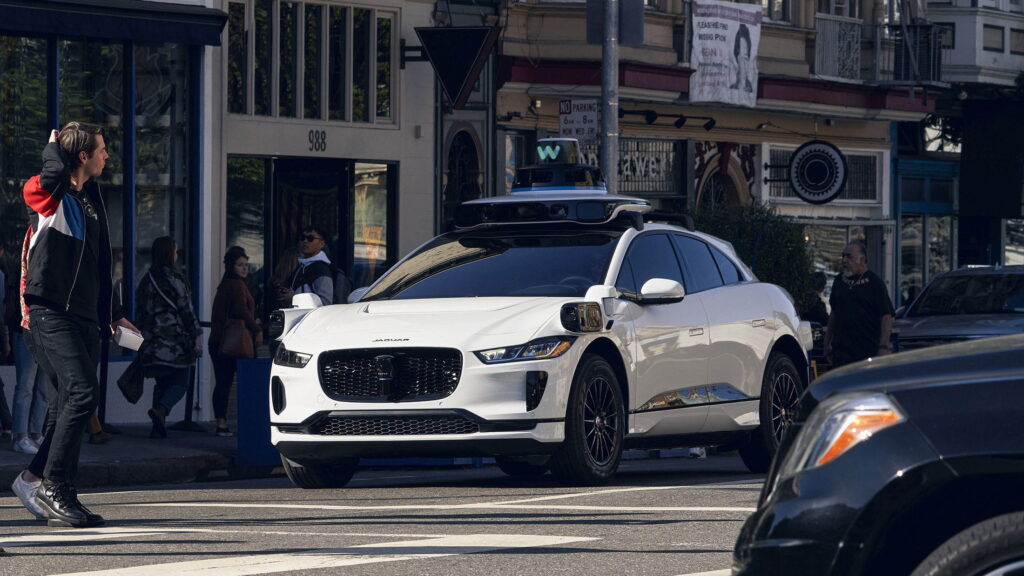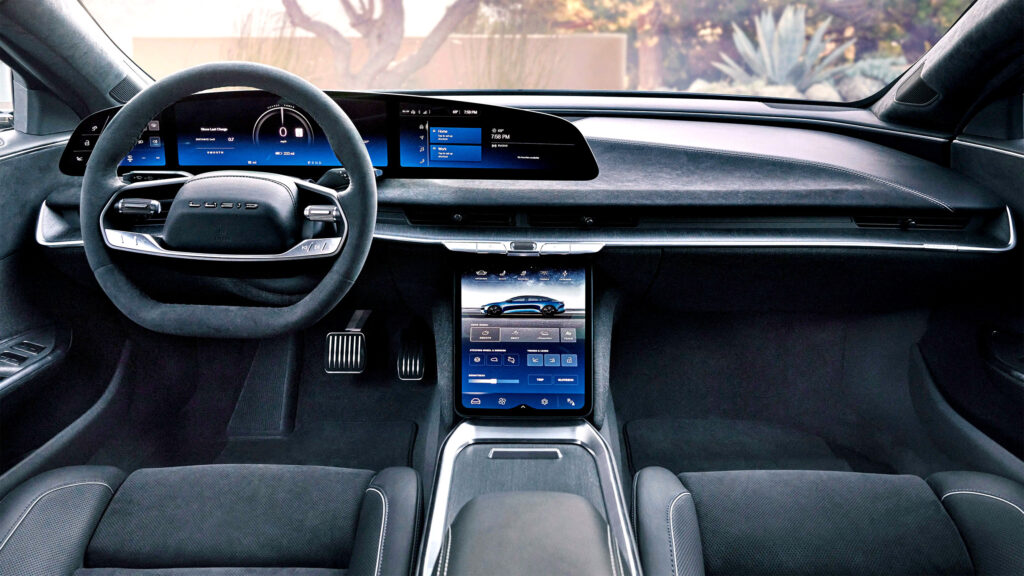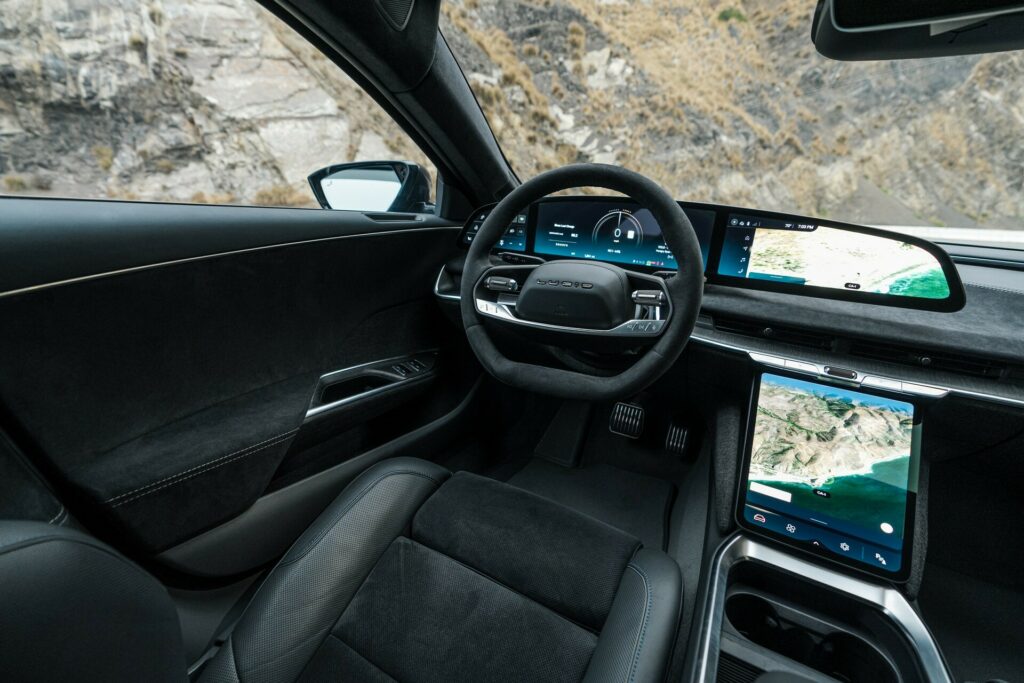Waymo’s Driverless Cars Kept Hitting Objects You See But They Don’t

- Waymo is recalling 1,212 cars due to a risk of hitting fences, gates, and obstacles.
- The autonomous car company states it has no reports of injuries linked to the recall.
- In fact, it actually fixed the affected vehicles before the recall was issued last year.
Waymo handles recalls in a unique way, standing apart from most other brands. Instead of relying on dealerships to manage the process, Waymo can implement fixes directly. And, rather than notifying customers individually, the company can resolve the issue internally. This approach is on display again with the latest recall, which addresses an issue Waymo identified and corrected last year. Interestingly, this recall isn’t tied to any particular vehicle model.
In an NHTSA filing dated May 12, 2025, Waymo declared a recall of its “5th Generation Automated Driving System (ADS) software prior to the 11/7/2024 driverless software release.” It affected 1,212 vehicles that could have ended up in collisions with “chains, gates, and other gate-like roadway barriers.” Notably, Waymo says that it doesn’t know of any injuries related to the recall.
More: Self-Driving Delivery Van Drags Scooter In Viral Video
So why the recall if the problem has already been addressed? Well, the answer is simple: Waymo is obligated to publish it on NHTSA.
The filing clarifies that “Waymo’s internal safety processes had previously identified collisions with chains strung across the path of travel, gates, and similar roadway barriers as an area for improvement, and software updates were in progress at the time NHTSA’s examination began.”

That examination is related to over 22 incident reports involving the same fifth-gen software at the heart of this recall. In that case, the NHTSA says that it involves “collisions with clearly visible objects that a competent driver would be expected to avoid.” Waymo says that during its ongoing discussions with the NHTSA, it was busy working on this issue in the background.
Ultimately, on May 1, 2025, Waymo chose to initiate the recall to meet “relevant regulatory reporting obligations.” Since Waymo owns all of the vehicles involved, there was no need to notify individual vehicle owners or dealers.













